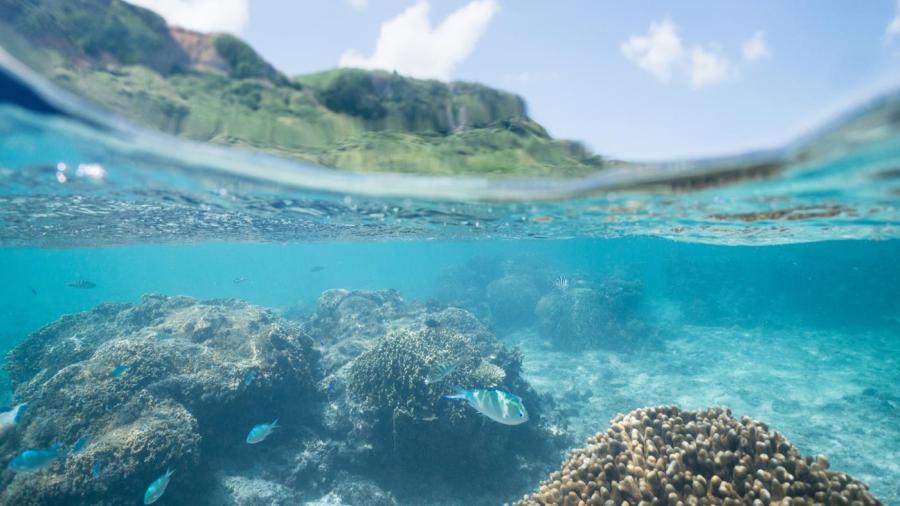What Are Some Facts About Ocean Ecosystems?

The ocean ecosystem, also known as the pelagic zone, is the largest collective ecosystem on Earth. Open waters have the greatest volume and depth of any living zone on the planet. The basis of ocean life is plankton, which are microscopic plants that move along ocean currents. Small animals such as krill eat plankton, and then progressively larger animals eat krill. Ocean ecosystems cover 70 percent of the Earth.
The ocean ecosystem plays a major role in the weather around the world. The top layer of the ocean is known as the euphotic zone and is the warmest part of the ecosystem because it receives plenty of sunlight. This helps facilitate plant growth, which keeps the ecosystem healthy. The average temperature of the ocean biome is 39 degrees Fahrenheit.
As of 2015, there have been more than 1 million plant and animal species discovered living in the world’s oceans. Climate in the ocean biome varies and can include subtropical, temperate, polar and monsoon. Specific plant and animal species live in different climates and cannot survive in other areas with different climate.
Ocean ecosystems include open oceans and shoreline habitats, such as mud flats, coral reefs, barrier islands, estuaries, salt marshes and mangrove forests. Plants found in ocean ecosystems include seaweed, kelp, algae, sea grasses and plankton. Animals that live in or near ocean ecosystems include one-celled protozoa, mollusks, anemones, jellyfish, zooplankton, crustaceans, sea stars, bony fish, cetaceans, sharks, sea lions, seals, penguins and other sea birds. Most ocean life exists in the photic zone, which is the region where sunlight makes photosynthesis possible.
Nutrients in ocean ecosystems come from areas where water washes off land and from cold currents upwelling from the bottom that rise to the ocean surface. One of the most productive upwelling zones is in the Pacific Ocean off the coast of Peru. This upwelling stops during an El Niño event, which reduces fish populations in the area because plankton do not grow as readily due to lack of nutrients.





